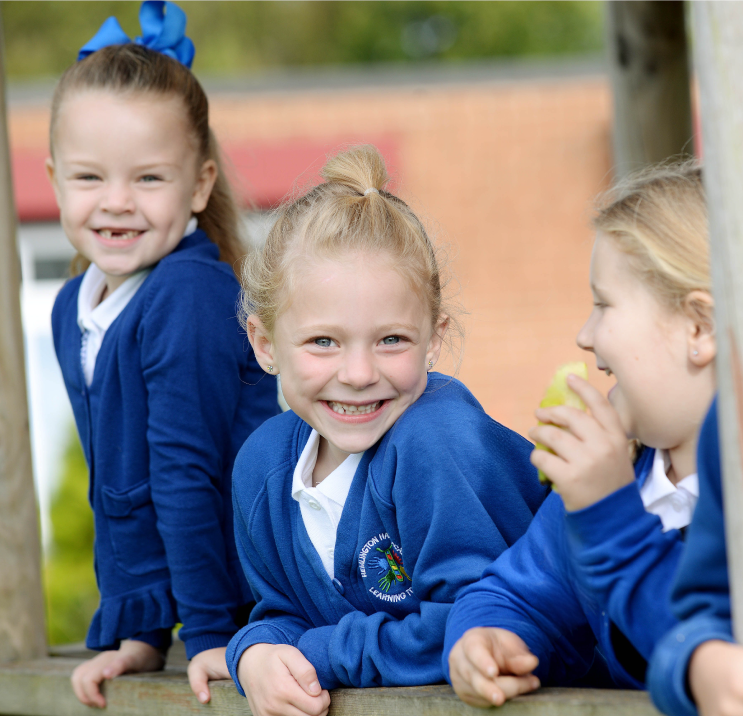Reading
In class we have already looked at summarising, and the children have enjoyed creating an artistic summary: an illustration to capture what happens in the text.
Can you draw an artistic summary to show what has happened in chapter two for Nya?
Can you draw an artistic summary to show what has happened in chapter two for Salva?
For each artistic summary, can you create a written summary of no more than 20 words?
______________________________________________________________________________
Writing
This will be a pre-recorded lesson, which you can find here. When we edit our work it’s best to read it out loud. This will help you notice any grammar errors. Your next step is to check if you have used all of our key narrative features.
- Setting and character description
- Fronted adverbials
- Chronological orders.
- Connecting openers (First… Next… After that… Some time later…)
- Sensory description – try to use all five senses.
Finally, on your final check, can you improve any of the vocabulary that you have used.
____________________________________________________________________________
Maths
For maths today, you need to pull together everything we have been learning about multiplication and division to help you solve these reasoning tasks. Remember to carefully explain your answer each time:
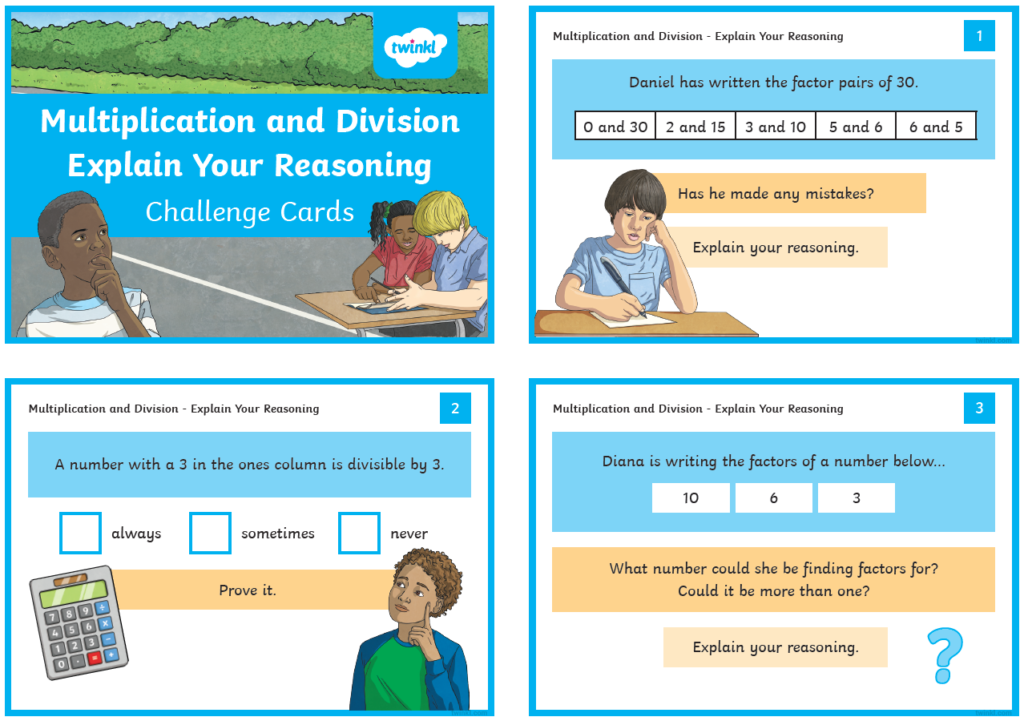
___________________________________________________________________________
Art
In art today we are going to have a close look at repeating patterns inspired by African tribal and clothing patterns.
Have a look at these examples.
Which one is your favourite? Why?
What shapes and colours are used?
Do any of them tell a story?
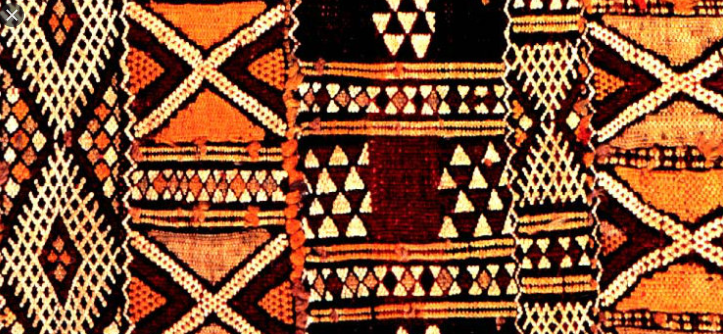
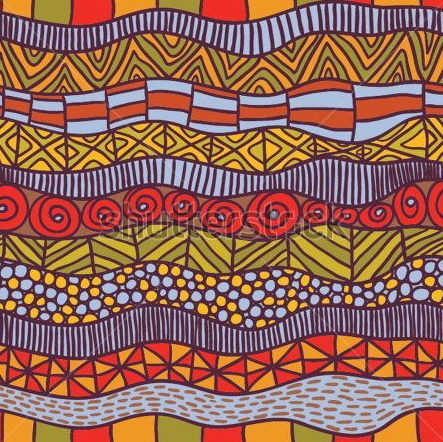
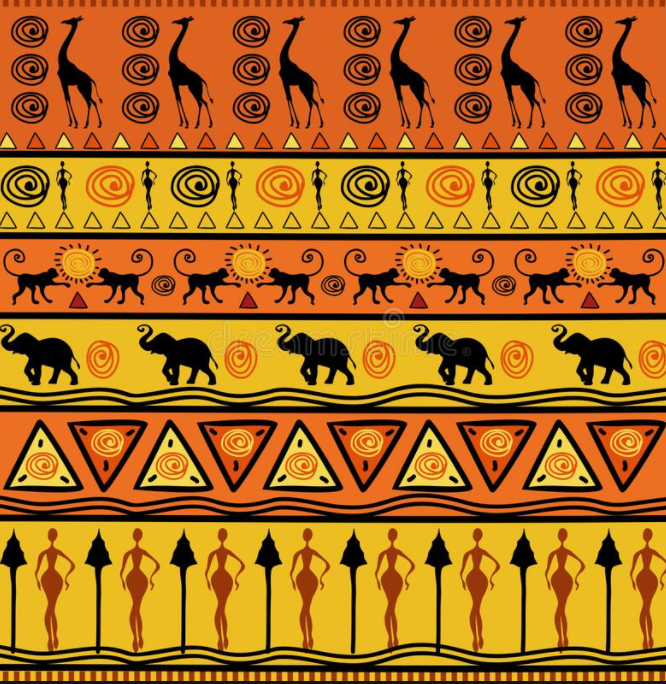
Now it’s your chance to create your own African-inspired repeating pattern. A good way to do this is to draw two horizontal lines to use as a guide for your repeating pattern.
Think carefully about the shapes and colours you are going to use from the examples above.
Here are some ideas to get you started, if you need them:

